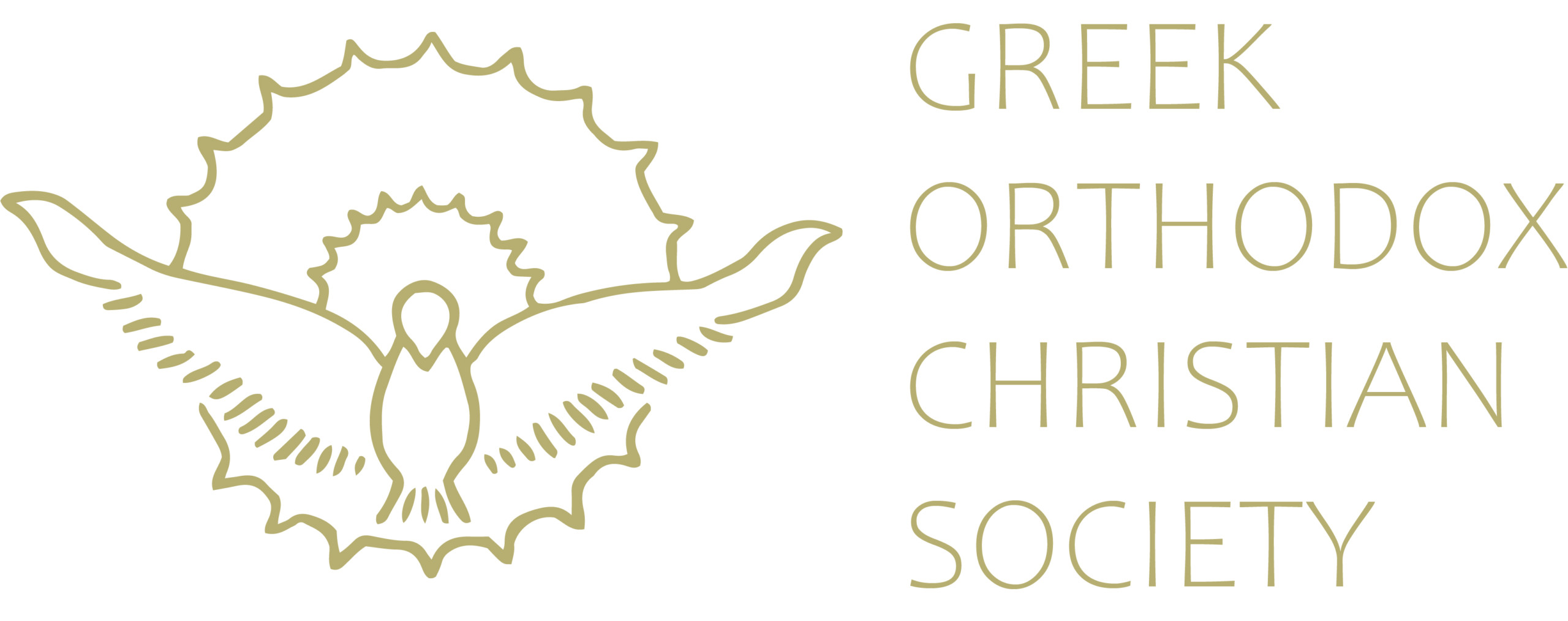Ezekiel’s Vision

The Prophet Ezekiel ministered to Israel in the 6th century BC. He was a contemporary of the prophets Daniel and Jeremiah.
The Book of Ezekiel records several visions he saw from God. Visions are difficult to understand and interpret as they involve an attempt to describe – with human language – things that “eye has not seen, nor ear heard” (1 Corinthians 2:9). One such vision was Ezekiel’s vision of God and the four creatures in Chapter 1.
Ezekiel describes seeing “four living creatures”, each with four faces and four wings (v 5 and 6). We later learn that these creatures are Cherubim – the angels that guard the throne of God and unceasingly cry out “Holy, holy, holy” to God. The four faces were of a man, a lion, an ox, and an eagle (v 10). We might think that this is a strange scene. However, in the Revelation, St John also describes seeing four living creatures with a similar appearance (Revelation 4:6-8).
The Church Fathers see these creatures as representing the Four Evangelists. They also show the characteristics of Christ Himself which we are called to emulate, being the human reason He had, the sacrifice He made like an ox, the lion-like bravery He had and the contemplation of higher things we achieve through Him, symbolised by the eagle.
Ezekiel then sees “one wheel on the earth next to each living creature,” designed in a way that there was a “wheel within a wheel” (v 14 and 15). Those wheels went wherever the living creatures went (v 20). St Gregory the Dialogist sees the wheels as illustrating that the “New Testament lay hidden by allegory in … the Old Testament,” which is carried by the Evangelists and helps us to understand God.
Finally, Ezekiel sees a man surrounded with brightness “like the appearance of a rainbow in a cloud on a rainy day” (v 27). This represents the glory of the New Covenant brought by Jesus’ Incarnation – where before there was darkness, now there is brightness and glory.
Source: Lychnos August–September 2020
